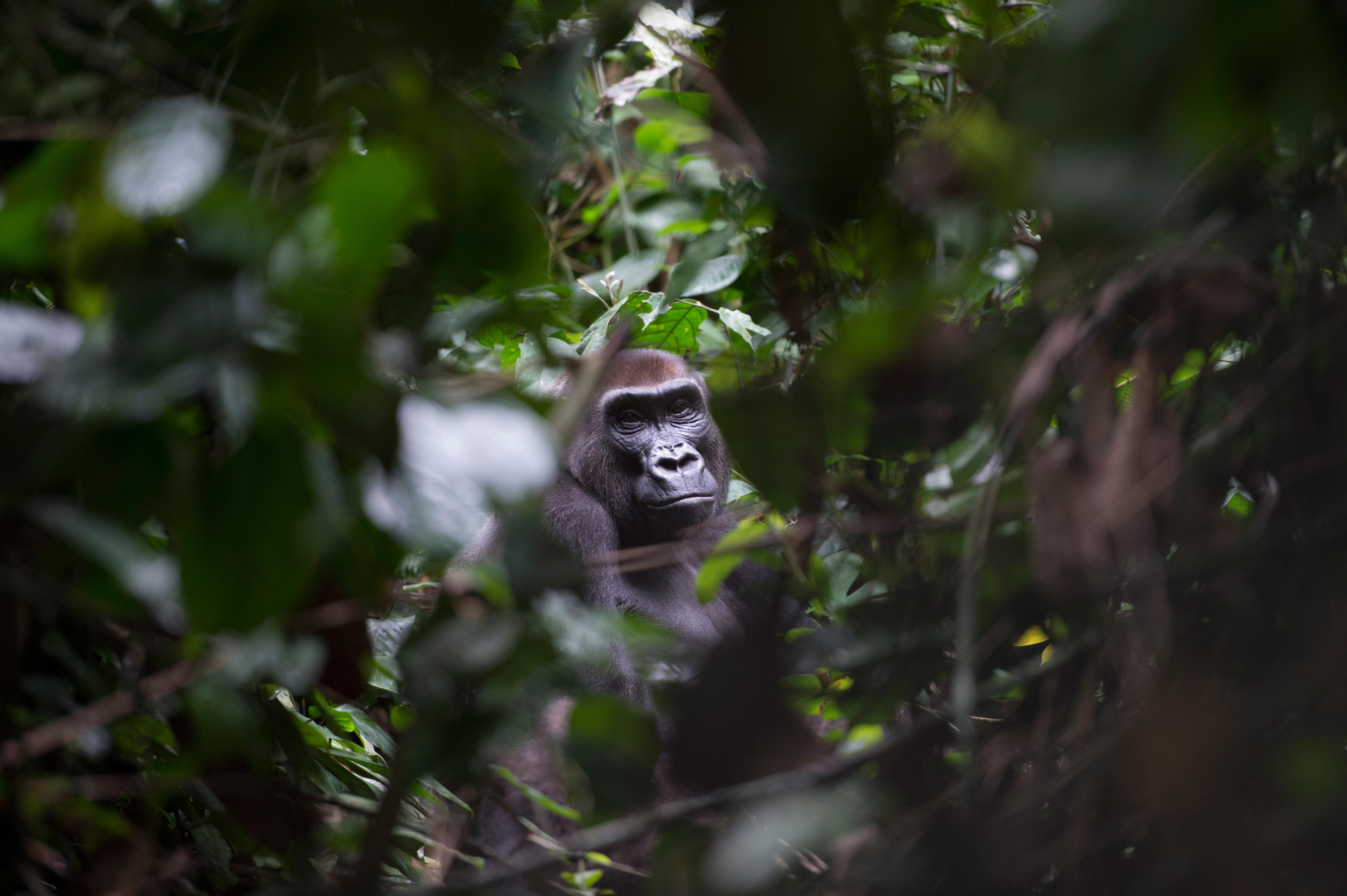A Western Lowland Gorilla in Dzanga National Park in the tri-border region of Congo, Cameroon and Central African Republic.
Copyright© Michael Gottschalk/photothek.net
Background Biodiversity – the bedrock of sustainable development
Around 80 per cent of all biological and genetic resources are located in the tropics and subtropics. Many of the people who live in these regions crucially depend on these resources as a source of food, economic activity, and medication. It is estimated that forests and forest products are a vital part of the lives and livelihoods of about one third of the world's people. For people in coastal areas, fishing and aquaculture play an important role as a source of food and income. Women in particular – who often have the main responsibility for getting and preparing food for their families – depend directly on access to natural resources, which means they are severely affected by biodiversity loss.
Ecosystems under serious threat from human intervention
The loss of species and habitats has accelerated dramatically in recent decades. Worldwide, natural resources are being exploited to a point where they cannot regenerate on their own. Besides exploitation, factors that put pressure on biodiversity are land and marine pollution, the displacement of local animals and plants by invasive species, and climate change.
According to the Intergovernmental Science-Policy Platform on Biodiversity and Ecosystem Services (External link) (IPBES), about one million species of plants and animals are at risk of extinction. About one third of the world's land surface is degraded, and every year more than ten million hectares of forest are lost. Twelve per cent of all peatlands are degraded or have been drained, and 35 per cent of the world's mangroves have disappeared. As much as 35 per cent of all marine fish stocks are considered overfished, and the area covered by healthy corals has nearly been halved.
The increasing degradation of ecosystems, growing scarcity of resources and disappearance of species all have an enormous impact on human health, food security and social cohesion. Ecosystem services such as the provision of water, food and medicinal resources, clean air, and regulation of the climate are essential to the survival of humankind. More than half of the global economy depends on ecosystems and their services. The economic value of ecosystem services is estimated to be 170 to 190 trillion US dollars a year worldwide.
Shortage of resources leads to conflicts
Biodiversity loss is also a security challenge. The greater the scarcity of certain resources, especially water, the greater the threat to livelihoods and social cohesion. Disputes over the distribution of resources lead to crises and conflicts, which in turn lead to displacement and migration.
This means that the conservation and sustainable use of biological diversity are essential for global sustainable development.
As at: 31/07/2024
